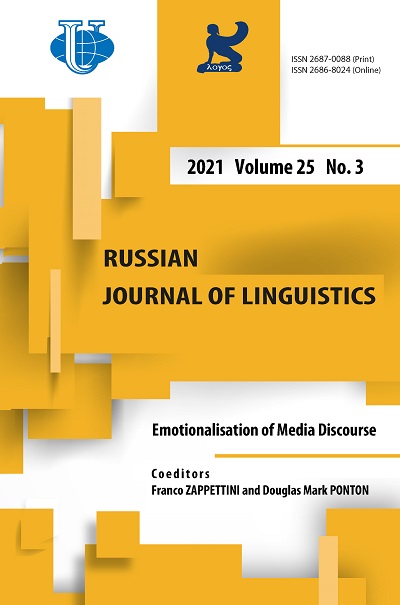
Photo from archive.org
Cross-cultural studies of (im)politeness have tended to focus on identifying differences in linguistic behaviour by which speech acts are delivered, which are then explained as motivated by underlying cultural differences.… Click to show full abstract
Cross-cultural studies of (im)politeness have tended to focus on identifying differences in linguistic behaviour by which speech acts are delivered, which are then explained as motivated by underlying cultural differences. In this paper, we argue that this approach unnecessarily backgrounds emic or cultural members’ understandings of (im)politeness. Through a comparative analysis of criticisms in initial interactions amongst Taiwanese speakers of Mandarin Chinese and amongst Australian speakers of English, we draw attention to the way in which similarities in the locally situated ways in which criticisms are delivered and responded to (i.e. their sequential properties) can mask differences in the culturally relevant meanings of criticisms (i.e. their indexical properties) in the respective languages. We conclude that cross-cultural studies of (im)politeness should not only focus on differences in the forms or strategies by which speech acts are accomplished, but remain alert to the possibility that what is ostensibly the same speech act, may in fact be interpreted in different ways by members of different cultural groups.
Journal Title: Russian Journal of Linguistics
Year Published: 2019
Link to full text (if available)
Share on Social Media: Sign Up to like & get
recommendations!